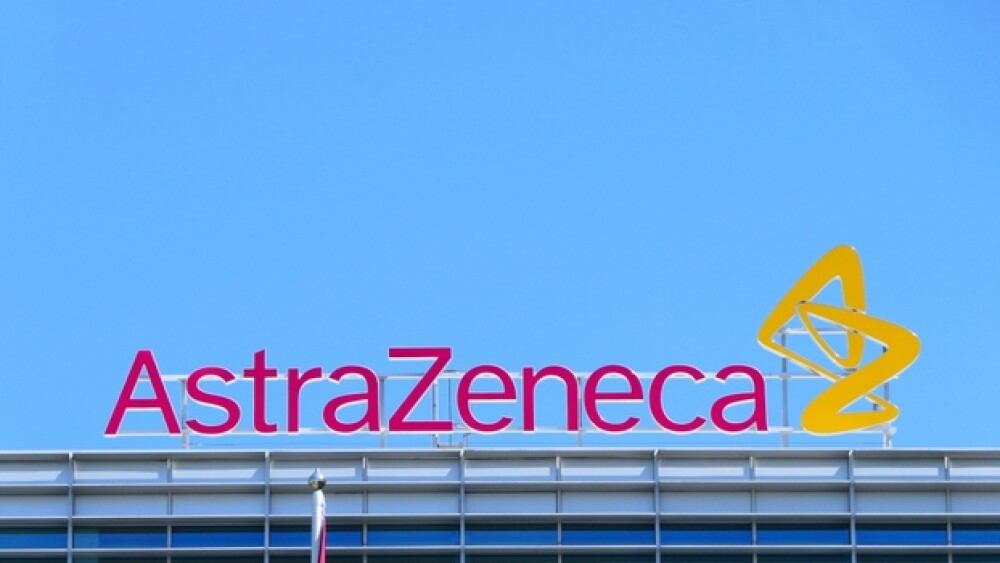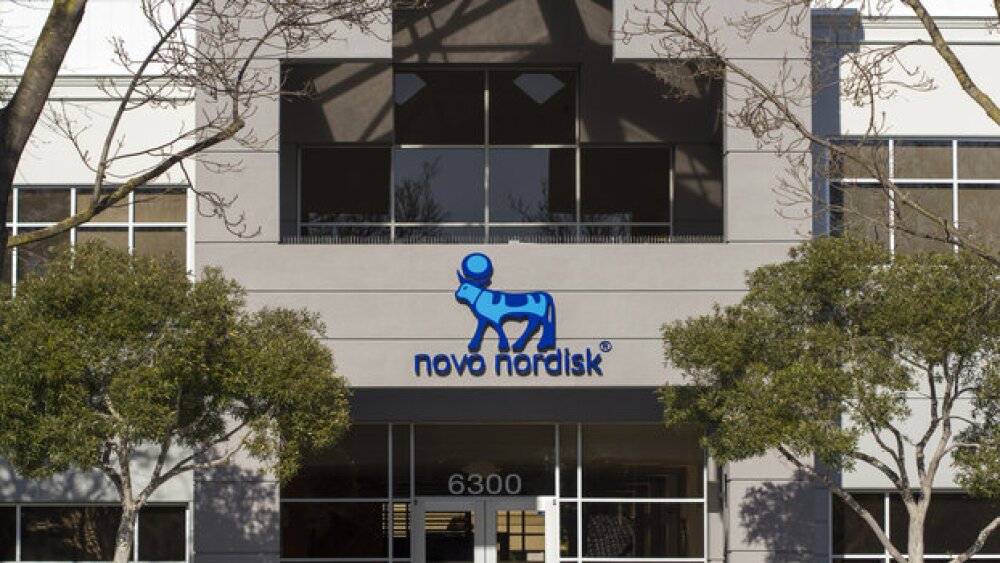The FoCus Phase III trial by Alexion and AstraZeneca showed that ALXN1840 demonstrated around three times greater copper mobilization from tissues than SoC treatments for Wilson disease.
Alexanderstock23 / Shutterstock
There might be a treatment to address Wilson disease soon after a Phase III trial on a drug candidate was found to have successfully met its primary endpoint.
The FoCus Phase III trial by Alexion and AstraZeneca showed that ALXN1840 demonstrated around three times greater copper mobilization from tissues than standard-of-care (SoC) treatments for Wilson disease. The primary endpoint measure the daily mean Area Under the Effect Curve (AUEC) for directly measured non-ceruloplasmin-bound copper (dNCC) over the course of 48 weeks. AUEC gauges the daily mean copper mobilized from tissues, which reflects the underlying burden of copper accumulation.
ALXN1840 is a potential once-a-day oral drug development for the treatment of Wilson disease. It is designed to be the first targeted de-coppering therapy that selectively and tightly binds to and removes copper from the blood and tissues. It has been granted Orphan Drug Designation in the EU and the U.S.
“Where existing treatments remove copper from the blood, these 48-week Phase III results demonstrate ALXN1840’s significant impact in mobilizing copper from tissues. As we advance this first innovation in Wilson disease treatment in more than 30 years, we will continue to follow these patients long term to further assess clinical impact on disease symptoms. We look forward to learning more about how we can evolve the treatment of this progressive and devastating disease,” said Alexion chief executive officer Marc Dunoyer, in a statement.
Wilson disease is a rare and progressive genetic condition that affects one in 30,000 live births in the U.S. alone. As it progresses, the body’s ability to remove copper from tissues and the blood is compromised. When copper builds up, this could lead to liver problems, as well as psychiatric and/or neurological symptoms, such as personality changes, tremors, and difficulty walking, swallowing, or talking. In some cases, the loss of function and damage are irreversible.
The FoCus trial tested the efficacy and safety of ALXN1840 versus SoC in patients aged 12 years and older and have been diagnosed with Wilson disease. The test had 214 enrolled patients, with the first cohort having 161 patients who were given SoC (chelation therapy with penicillamine or trientine, zinc, or a combination of both) for over 28 days. The second cohort had 53 patients who were given SoC for 28 days or fewer or were treatment naive.
“The Phase III results provide evidence that tissue-bound copper remains built-up in the organs even in patients who have been on SoC therapy for many years, and the potential for ALXN1840 to provide a new approach to mobilize and safely sequester copper from tissues,” added Dr. Michael Schilsky, the medical director of adult liver transplant at Yale-New Haven Transplantation Center, in the same press release.
More details, including individual patient-reported outcomes and clinician-reported functional assessments, will be presented at Alexion’s upcoming medical meeting. The company is also working closely with health authorities worldwide with the goal to submit their data for review over the next few months.





